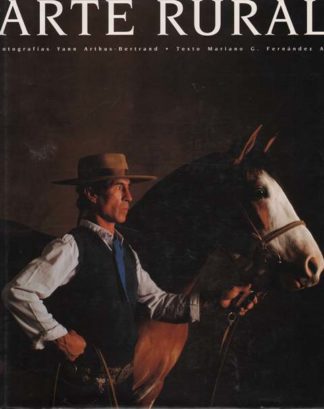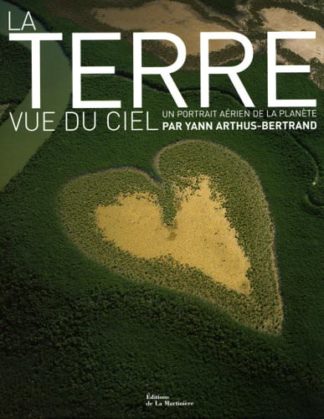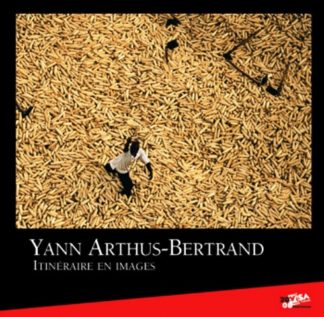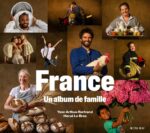L’élevage évolue et s’industrialise. D’aucuns évoquent même la “fabrique des animaux”, un sujet d’actualité qui soulève des questions aussi bien éthiques, juridiques, écologiques et économiques que de santé publique… Réalisés par le photographe Yann Arthus-Bertrand, considéré comme l’un des pionniers de l’engagement en faveur de l’environnement, les portraits d’animaux et d’éleveurs réunis dans cet ouvrage ouvrent une réflexion sur les enjeux de l’élevage contemporain et sur notre posture de consommateurs.
Complété de l’avis d’experts sur le thème de l’économie des bêtes, ce panorama photographique s’inscrit dans le patrimoine de l’Art faber, qui rassemble les œuvres d’art ayant pour thème les mondes économiques,
et inaugure la collection des “Cahiers de l’Art faber” dédiée à ses expressions contemporaines.
Avec les contributions de Lourdes Arizpe, Éric Baratay, Catherine Briat, Jérôme Duval-Hamel, Jean-Marc Dupuis, William Kriegel, Jean-Pierre Marguénaud et Olivier Vigneaux.
Art faber is an umbrella term for works of art – whether pictorial, literary, photographic, musical or cinematographic – whose main or secondary themes are work, business and the world of economics. The word faber is rooted in the foundations of the economy. It is the Latin word for “smith” and the etymological root of Romance language of “making” and “manufacturing”, as well as the essence of Homo faber. Homo faber or “man the maker” is the toolmaker, the manufacturer of machines and consumer products, the main protagonist of secondary industries, but also of the tertiary, service sector. Homo faber is also a producer of life, especially in terms of cultivation and animal husbandry – the farmer, the breeder, the tamer, the transformer, adapting the natural world to our needs: harnessing animals’ strength for work, creating consumer products, such as milk and meat; and processing wool and hide for artisanal ends.
For several decades now, however, this manufacture of life forms has raised several ethical and moral questions about animal well-being, food strategies, sustainable development, ecology, short-and-long term disaster management, and intensive breeding and its impact on the environment and consumers.
This first issue of the Cahiers de l’Art faber tackles the field of photography through the “Bestiaux” portrait series begun by the artist Yann Arthus-Bertrand thirty years ago. In the series, the artist looks at the privileged relationship between breeder and livestock, inviting us to reflect upon the economic vocation of their animals, and on the system in which animals are produced, used and consumed. As wells as a previously unpublished interview with the photographer by Catherine Briat, the issue features articles from the historian Éric Baratay on domestication, the economist Jean-Marc Dupuy on the history of animal production in France, and the legal expert Jean-Pierre Marguénaud on the issue of animal rights, as well as a presentation of the results of a Havas-BETC survey into the contemporary relationship between humans and animals by Olivier Vigneaux, the chair of BETC advertising agency’s Digital Studio. With this first Cahier, the Art Faber collective inaugurates a series of articles exploring major societal themes today in an attempt to create a cross-fertilization of two disciplines that are oft considered unrelated: contemporary art and economics, to encourage debate, expand scope for fresh interpretations, and encourage dialogue between the two fields.







